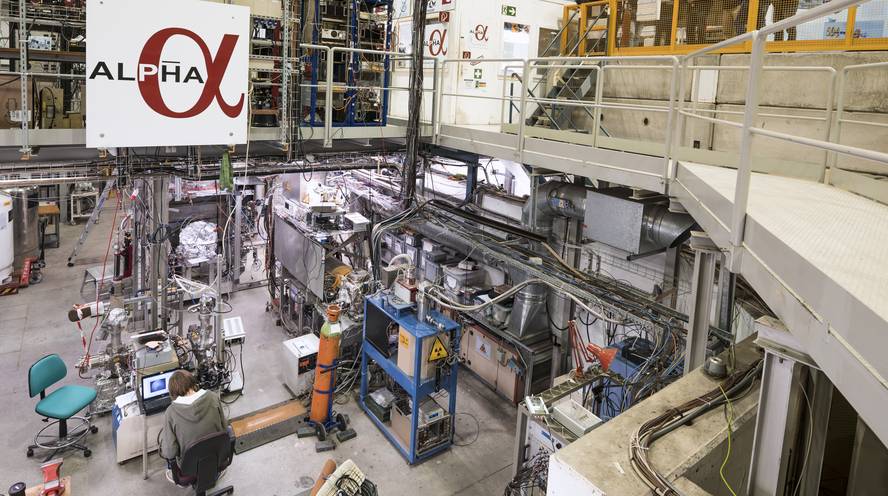First measurement of antimatter absorbed light
CERN researchers have measured for the first time what light absorbs an antimating atom. They have been trying to achieve this for years, and researchers have pointed out that this measurement opens an important door to investigate antimatery. The work has been published in the journal Nature.
Atoms, according to their electrons and their state, absorb and emit light of a certain wavelength. And this is measured by the technique called spectroscopy. Each element has its own spectrum, so spectroscopy is a very useful tool for the research of atoms and molecules. Now, for the first time, they have been able to apply this technique to anti-mating.
The spectrum of an antihydrogen has been measured and the results show that antihydrogen has the same hydrogen spectrum. This corresponds to the Standard Physics Model, which predicts that hydrogen and antihydrogen should have the same spectroscopic characteristics.
Investigating antimatery is not easy, as they destroy traditional matter as soon as they touch it. However, the CERN ALPHA experiment in 2010 showed how antihydrogen could be captured in a magnetic trap. And they are currently able to generate 25,000 antihydrogen atoms every 15 minutes. To do this, they unify the positrons emitted by a radioactive substance with the antiprotons created in a particle accelerator. It is antihydrogen, an antiproton and a positron, considering that hydrogen is formed by a proton and an electron.
Most of the antihydrogen atoms they generate in ALPHA contain too much energy and are too fast for their spectroscopy study. The biggest challenge has been to let those who have a lot of energy escape the trap and stay alone with the slower. It took years to get it, but they did. These slow atoms have been directed by a laser that has been able to measure the wavelength they absorb.
Now, their objective is to increase the accuracy of the measurements (the hydrogen spectrum is known with 100,000 times more accuracy), since they consider that the realization of more precise measures will allow to investigate the differences and similarities between antimatería and matter.






